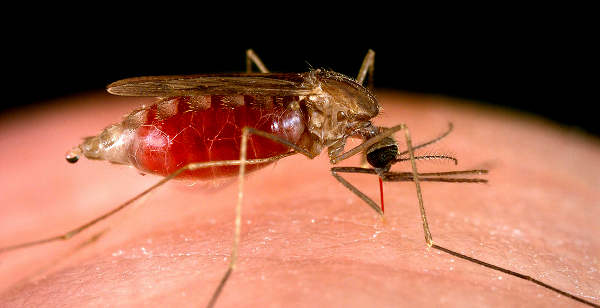The number of malaria cases in India almost halved in 2018 as compared to the previous year, an indication that the country’s malaria elimination programme is succeeding.
According to the data reviewed by HT, India will report an estimated 5.1 million cases in 2018 compared to 9.6 million in 2017, according to estimates by the National Vector Borne Disease Control Programme (NVBDCP), which implements the country’s malaria elimination programme and which has set a target to have zero indigenous cases by 2027.
A report on this is expected to be released by the end of the year. “The new report will show a decline of around 50% in the number of cases and an even sharper decline in mortality. This can be attributed to the use of the very clear evidence-based interventions, especially insecticidal nets,” said Manoj Jhalani, additional secretary, ministry of health ministry and family welfare.
Malaria cases declined by between 10% and 85% in 2018 across states, according to the surveillance data. Only Himachal Pradesh, Tripura, Uttar Pradesh and Lakshadweep reported an increase in the number of cases over the previous year.
“There has been a tremendous decline in malaria cases over the past three years, mainly because of the test-treat-track strategy, where health workers use a rapid diagnostic test (RDT) to test everyone with fever for malaria, give the appropriate medicines and follow-up to ensure the treatment is continued. Around one million health volunteers have been trained to use the RDTs and give medicines,” said Dr Anup Anvikar, senior scientist at National Institute of Malaria Research, Indian Council of Medical Research.
Other strategies being used are indoor residual sprays to kill mosquitoes and the distribution of 50 million long-lasting insecticidal nets (LLINs). An independent survey funded by NVBDCP in eight endemic states showed LLIN utilisation rate of 80%.
The 2018 achievement comes on the back of significant progress in 2017 when India saw a 24% reduction in malaria cases with Odisha showing a staggering 80% decline. In 2017, the number of malaria cases globally actually increases by 2 million, from 217 million to 219 million according to the world Malaria Report 2018.
“There is committment from political leadership and health sector officials. People have also become more aware and seek tests,” said Dr Anvikar.
The World Malaria Report uses data from the government’s surveillance system and extrapolates it to estimate the number of malaria cases. “The estimates provided in the World Malaria Report tries to capture the cases where patients seek treatment at private hospitals or elsewhere and do not get reflected in the government data. The global estimates are more or less the same as our surveillance system estimates,” said Dr Anvikar.
Despite the remarkable decline, there are several challenges in achieving zero indigenous transmission. “As the number of cases go down, it becomes essential to track each and every case. For this, we need to strengthen the surveillance system at the state level. We also need more manpower to ensure that the rapid diagnostic tests and the medicines reach the remotest part of India,” said the official.
The immediate goal is sub-national elimination of malaria in 15 states that have a low caseload
Source:HT
Image Courtesy:ITG
You may also like
-
India Against Mpox
-
Combination of ‘Siddha’ Drugs Reduces Anemia in Adolescent Girls: Study
-
Suspected Mpox Case Under Investigation; Patient Put Under Isolation, No Cause for Alarm
-
Prime Minister Applauds India’s Best Ever Performance at the Paralympic Games
-
National Exit Test (NExT) for Ayush to be Effective from 2021-2022 Batch: Union Minister of Ayush Shri Prataprao Jadhav
